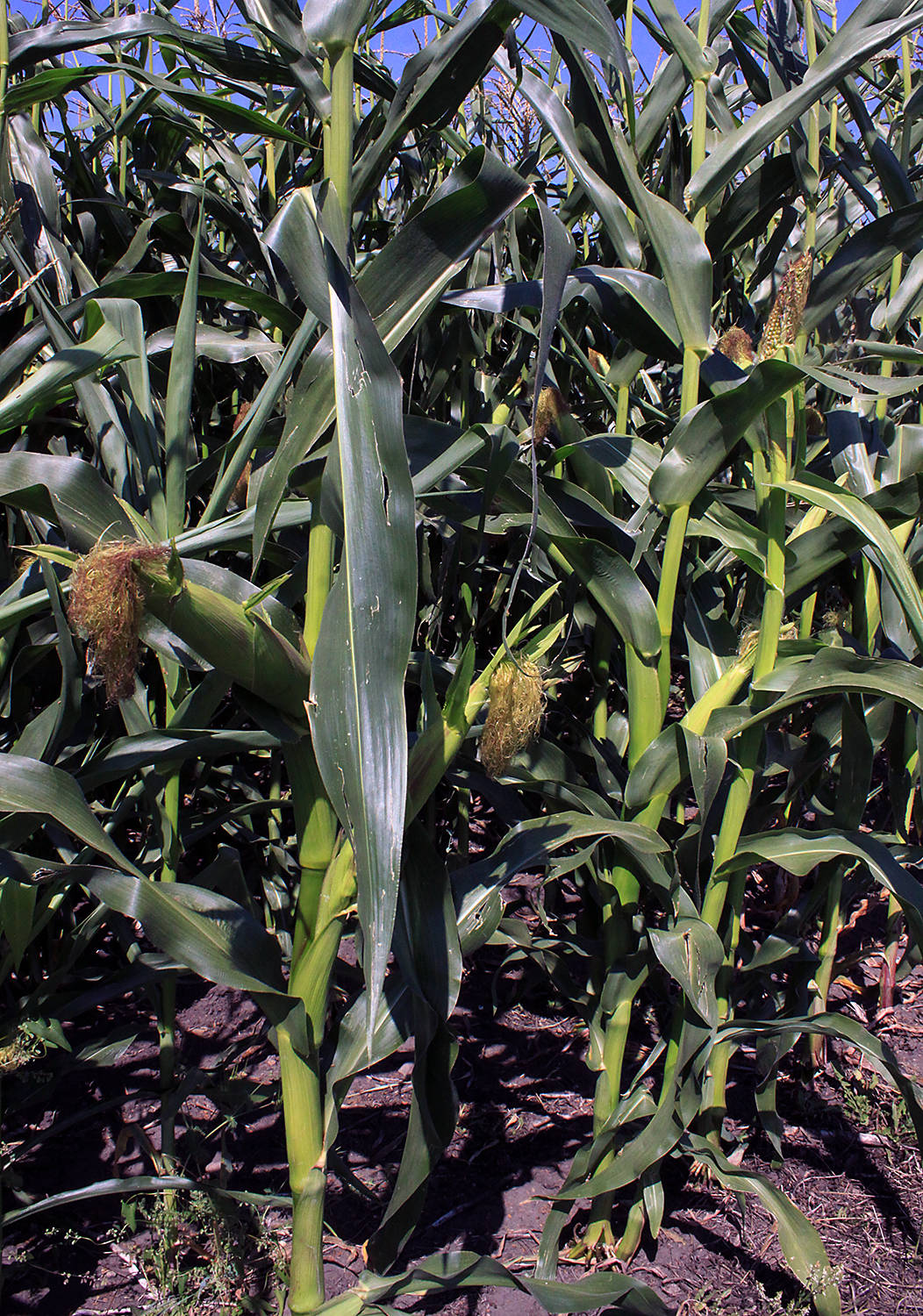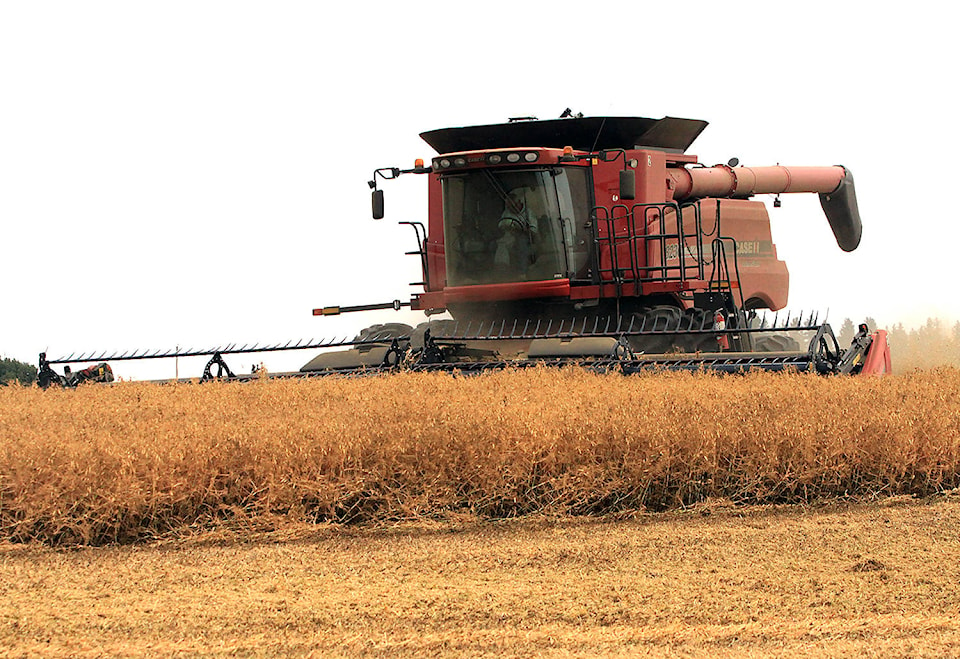It’s evident when driving area roads that many farmers have been out in earnest in trying to get their crops either swathed or put in the bin.
“There are a lot of farmers that have been out in the fields the last two weeks as the weather has been pretty conducive to harvest activities,” explained Harry Brook, crop information specialist with Alberta Agriculture and Forestry.
“Aside from combining and swathing, I’ve seen many farmers out applying pre-harvest glyphosate or a desiccant to dry out the crop as well as deal with thistle growth among their peas.”
Brook, however, isn’t sure there is much of a need for that with the recent warm and dry weather, especially since it can take 10 to 14 days for the applications to do a proper job.
“The problem with these applications now is that it may end up making the crop too dry and if the moisture falls to 13 or 14 per cent in peas for storage, it may cause more splits and damage that will be down the quality,” he added.
Brook also noted that herbicides are normally applied in the spring for annuals and in the fall for perennials for best results.
The one big thing Brook has noticed throughout the central Alberta region is that some farmers have started swathing or combining a field and then suddenly stopped.
“Producers need to, on all crops, watch and check the seeds for moisture levels before taking equipment into the fields,” he stated.
Brook explained it is important to get a good, average field sample, but that can be tricky.
“I’ve seen canola fields that are yellow in one part, green in another while also still having plants in the flowering stage in yet another portion of the same field,” he said.
Hay hitch
The region’s first cut hay provided excellent yields and quality, which is important as Brook noted there is virtually no second cut available in the area or in southern portions of the province.
“There is almost no second cut hay around and some pastures are beginning to look like billiard tables,” he stated.
“This situation will likely lead to heavier culls among cattle producers and will certainly require some good grass management.”
He added many producers are already preparing to supplement feed herds early this year, perhaps as soon as sometime this month in hard hit areas.
“That may also be the reason some farmers are in a hurry to get certain crops off, so they can get cattle out into those fields in order to clean up the residue and stave off supplemental feeding for a bit longer,” Brook said.
Water needed
The saving grace for pasture and hay fields was the moisture received last fall and somewhat this spring, according to Brook, but the dry spell for much of the summer may wind up costing farmers next year.
“Central and southern areas will definitely need some form of moisture — fall or spring rains or a good amount of snow this winter — to help compensate, since much of the reserves in the ground have been tapped out.”

